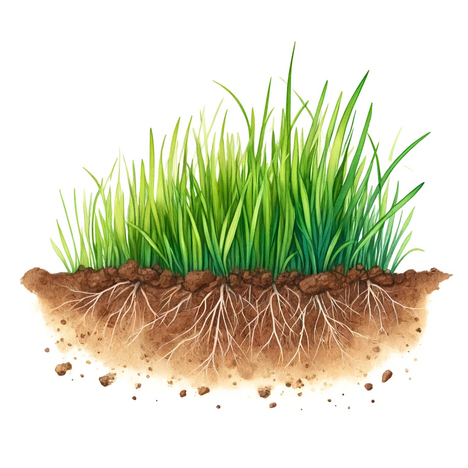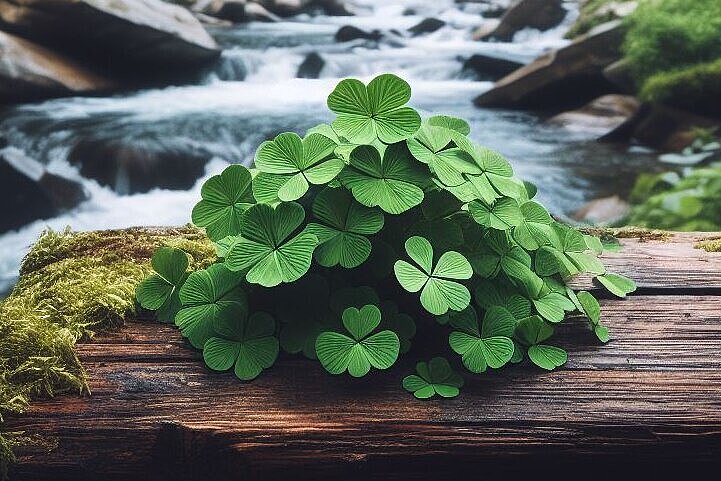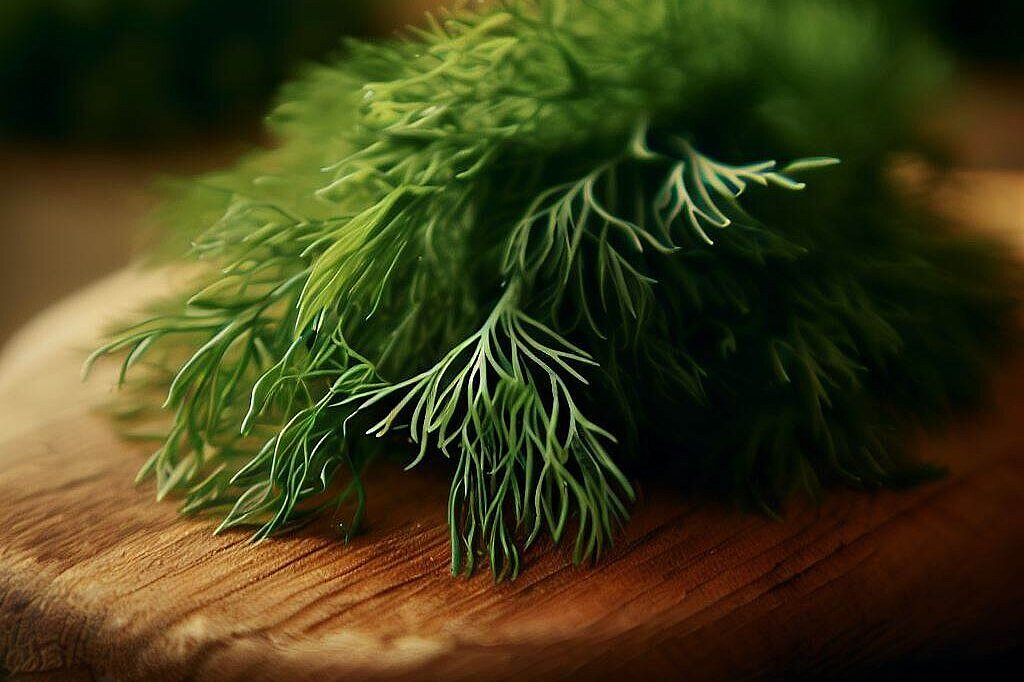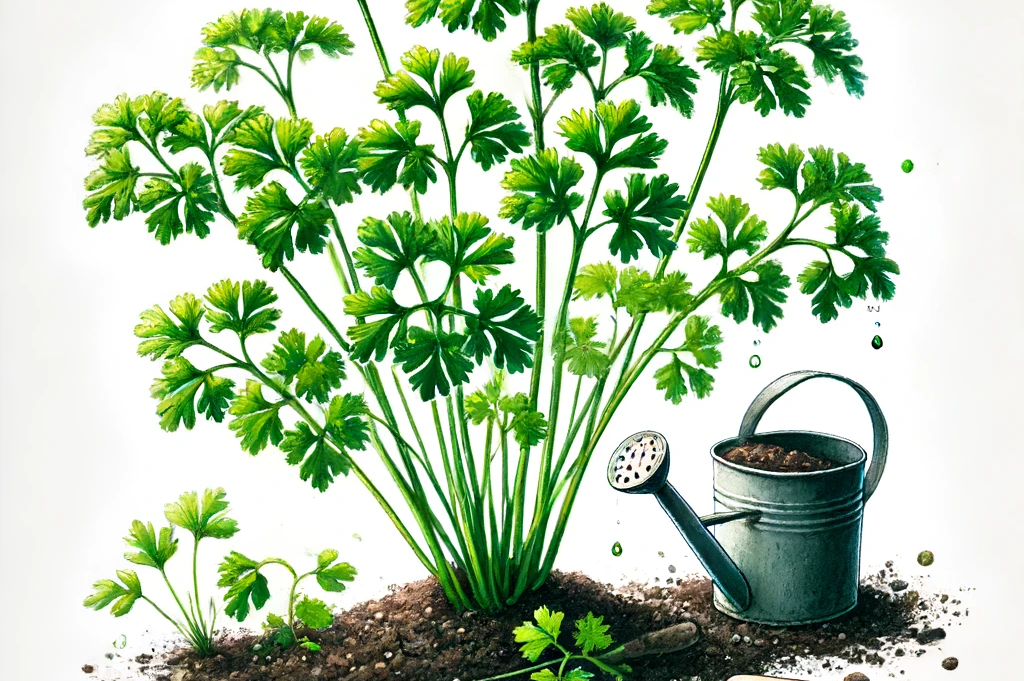Grass

What is grass?
Grass belongs to the so-called sweet grasses, a large plant family with over 10,000 species. Grass usually grows in tufts or stalks and has narrow, elongated leaves. The flowers of grasses are often inconspicuous and form small panicles or spikes. Grass is an important source of food for many animals such as cows, sheep and horses.
Why do dogs eat grass?
There are various reasons why dogs eat grass. Here are some possible explanations
- Dogs eat grass out of instinct. In nature, wolves and other predators also eat plant-based food, for example the stomach contents of their prey. Grass can therefore be part of the natural diet of dogs.
- Dogs eat grass out of boredom or curiosity. Some dogs simply find grass exciting and want to try it out. Other dogs are bored and are looking for something to do. Grass can therefore be a kind of toy or snack for dogs.
- Dogs eat grass for health reasons. Some dogs have digestive problems or nausea and try to relieve themselves by eating grass. Grass can therefore be a kind of medicine for dogs.
What are the benefits of grass for dogs?
Grass can have several benefits for dogs when eaten in moderation. Some possible benefits are
- Grass provides fiber for digestion. Fiber is indigestible plant matter that can stimulate intestinal activity and improve fecal consistency. Fiber can also help prevent or treat constipation or diarrhea.
- Grass contains vitamins and minerals. Vitamins and minerals are essential nutrients that the body cannot produce itself and must obtain from food. Vitamins and minerals can, for example, strengthen the immune system or support cell function.
- Grass promotes the dog's well-being. Eating grass can make dogs feel good or help them to reduce stress. Eating grass
- Eating grass can also be a sign of satisfaction or pleasure.
What are the disadvantages of grass for dogs?
Grass can also have disadvantages for dogs if it is eaten in large quantities or is contaminated. Some possible disadvantages are
- Grass can cause vomiting or diarrhea. Too much grass can irritate the dog's stomach or intestines and cause nausea or diarrhea. Vomiting or diarrhea can also have other causes, such as an infection or allergy.
- Grass can contain parasites or toxins. If the dog eats contaminated grass, it can become infected with parasites such as worms or bacteria or
- ingest toxins such as pesticides or herbicides. This can lead to serious illness or poisoning.
Grass is a plant family with many species and grows in tufts or stalks. Dogs eat grass for various reasons, such as instinct, boredom or health problems. Grass can provide fiber, vitamins and minerals and aid digestion, but it can also cause vomiting or diarrhea and contain parasites or toxins.
Properties 7
Are you looking for other ingredients with a specific property?
Just click on them to find more.
If you notice any signs of hypersensitivity or poisoning in your dog, you should see your vet immediately. We are not a substitute for a vet, but we try to be as accurate as possible. Every dog reacts differently and we recommend you get a second opinion or consult your vet if in doubt.
Stay healthy and take good care of your four-legged friend!😊
Similar to Grass
Alfalfa (Medicago sativa) is a perennial plant from the legume family. It is also known as alfalfa or perennial clover. Alfalfa has long roots that can reach up to four meters deep into the soil....
Clover is a legume that belongs to the papilionaceous family. There are around 300 different types of clover, which vary in shape, color and size. The best known are white clover and red clover,...
Dill is a spice plant from the Apiaceae family. It is known for its fine, fern-like leaves and fine seeds, which are often used in cooking. Dill originates from southwest Asia, but is now cultivated...
Parsley is a plant from the umbellifer family, which also includes carrots, celery and fennel. It has green, curly or smooth leaves with an aromatic scent. Parsley originates from the Mediterranean...



